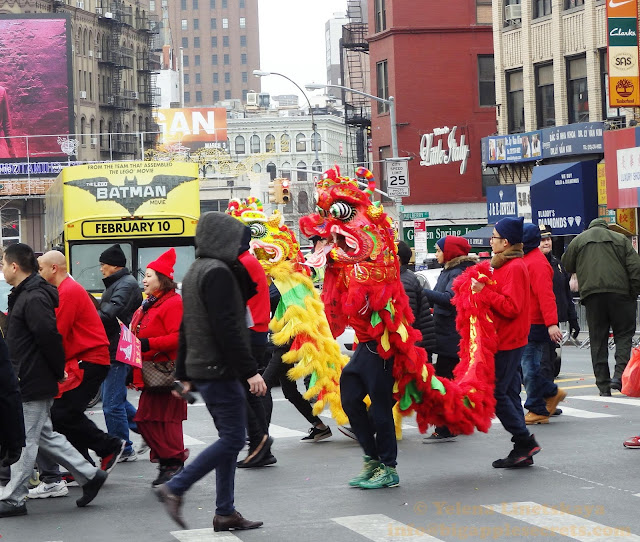 Hudson River Park is the largest park created in Manhattan since Central Park. It is located along Manhattan's West Side on the shore of the Hudson River and Park stretches five miles from Battery Park in Lower Manhattan to 59th Street.
Hudson River Park is the largest park created in Manhattan since Central Park. It is located along Manhattan's West Side on the shore of the Hudson River and Park stretches five miles from Battery Park in Lower Manhattan to 59th Street.At the very north end of the park there is a Clinton Cove, a 2.3-acre green park . It was named after Dewitt Clinton who was the sixth Governor of New York and served as a United States Senator. Former US Army fort and America's first immigration processing center Castle Clinton in Battery Park was name after Dewitt Clinton.
"The Clinton Cove portion of Hudson River Park represents the next great step towards the completion of a beautiful five-mile stretch of recreational space that is already being enjoyed by thousands of New Yorkers each day, " said Mayor Bloomberg in 2005 on the opening ceremony, " I would like to thank the Hudson River Park Trust for their leadership and commitment to a project that has become a model for what can be achieved along our City's waterfront."
 Clinton Cove park includes a big green lawn for picnicking, a boathouse holdings canoes and kayaks and more, and more, including a giant bottle known as Private Passage.
Clinton Cove park includes a big green lawn for picnicking, a boathouse holdings canoes and kayaks and more, and more, including a giant bottle known as Private Passage. Created by artist Malcolm Cochran, Private Passage is a distinctive sculpture consisting of a 30’ x 8’6” wine bottle resting on its side, within which is a representation of an interior stateroom from the ocean liner, Queen Mary.
Created by artist Malcolm Cochran, Private Passage is a distinctive sculpture consisting of a 30’ x 8’6” wine bottle resting on its side, within which is a representation of an interior stateroom from the ocean liner, Queen Mary.  RMS Queen Mary is a retired ocean liner that sailed primarily on the North Atlantic Ocean for the Cunard Line . She was built in 1935 and featured two indoor swimming pools, beauty salons, libraries, and children's nurseries for all three classes, a music studio and lecture hall, telephone connectivity to anywhere in the world, outdoor paddle tennis courts, and dog kennels.
RMS Queen Mary is a retired ocean liner that sailed primarily on the North Atlantic Ocean for the Cunard Line . She was built in 1935 and featured two indoor swimming pools, beauty salons, libraries, and children's nurseries for all three classes, a music studio and lecture hall, telephone connectivity to anywhere in the world, outdoor paddle tennis courts, and dog kennels. This was the first ocean liner to be equipped with her own Jewish prayer room.
The exterior of the bottle is fabricated of bronze and zinc with a traditional green patina.
Portholes from the top shine light inside on sunny days. On overcast days and at night, electric lights, which are part of the cabins furnishings, illuminate the interior room. It truly feels like a discovered time capsule. The interior was built using sheet metal and other materials that would give it a monochromatic look, representing black and white film from a 1930s magazine advertisement.






























